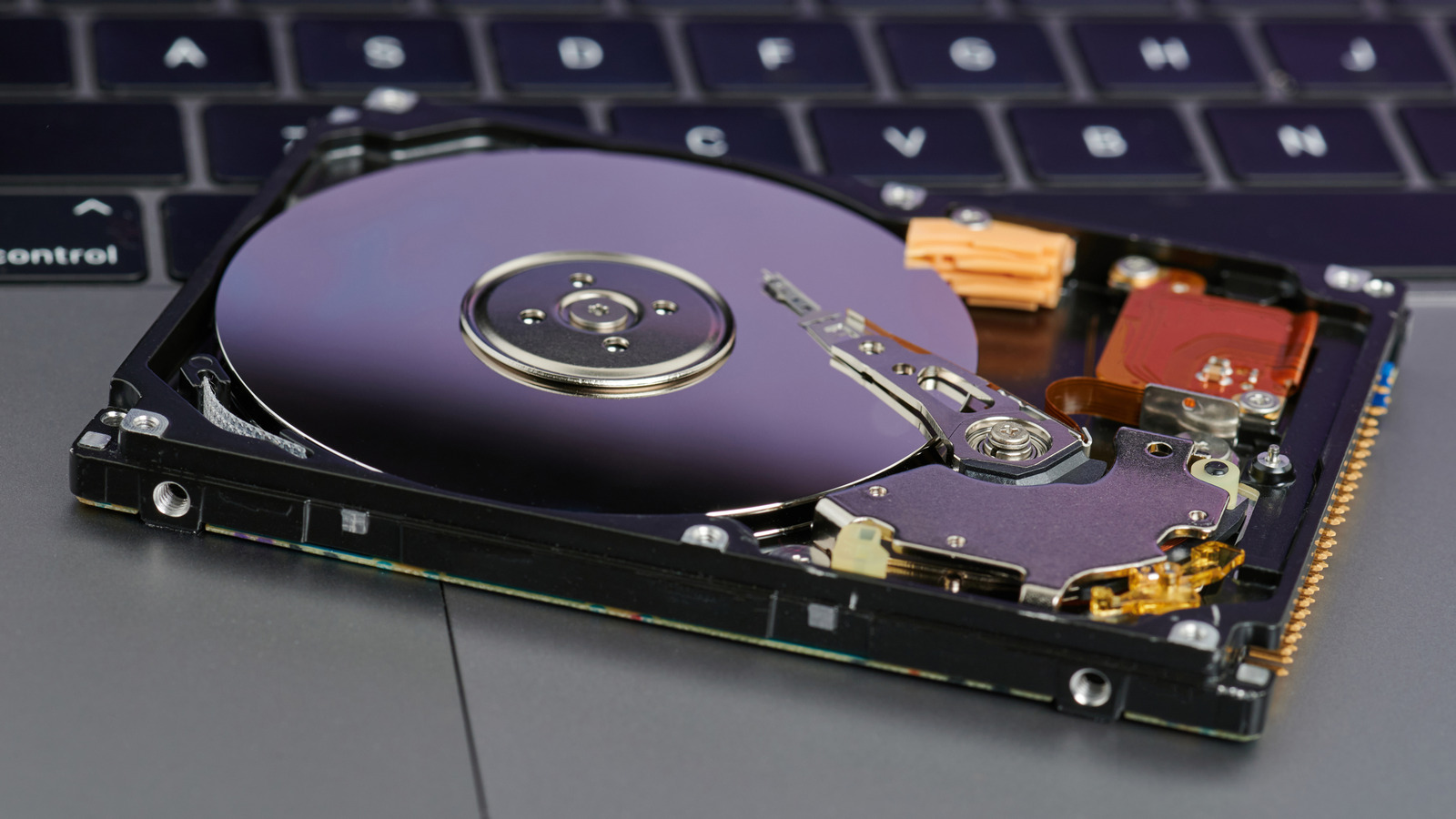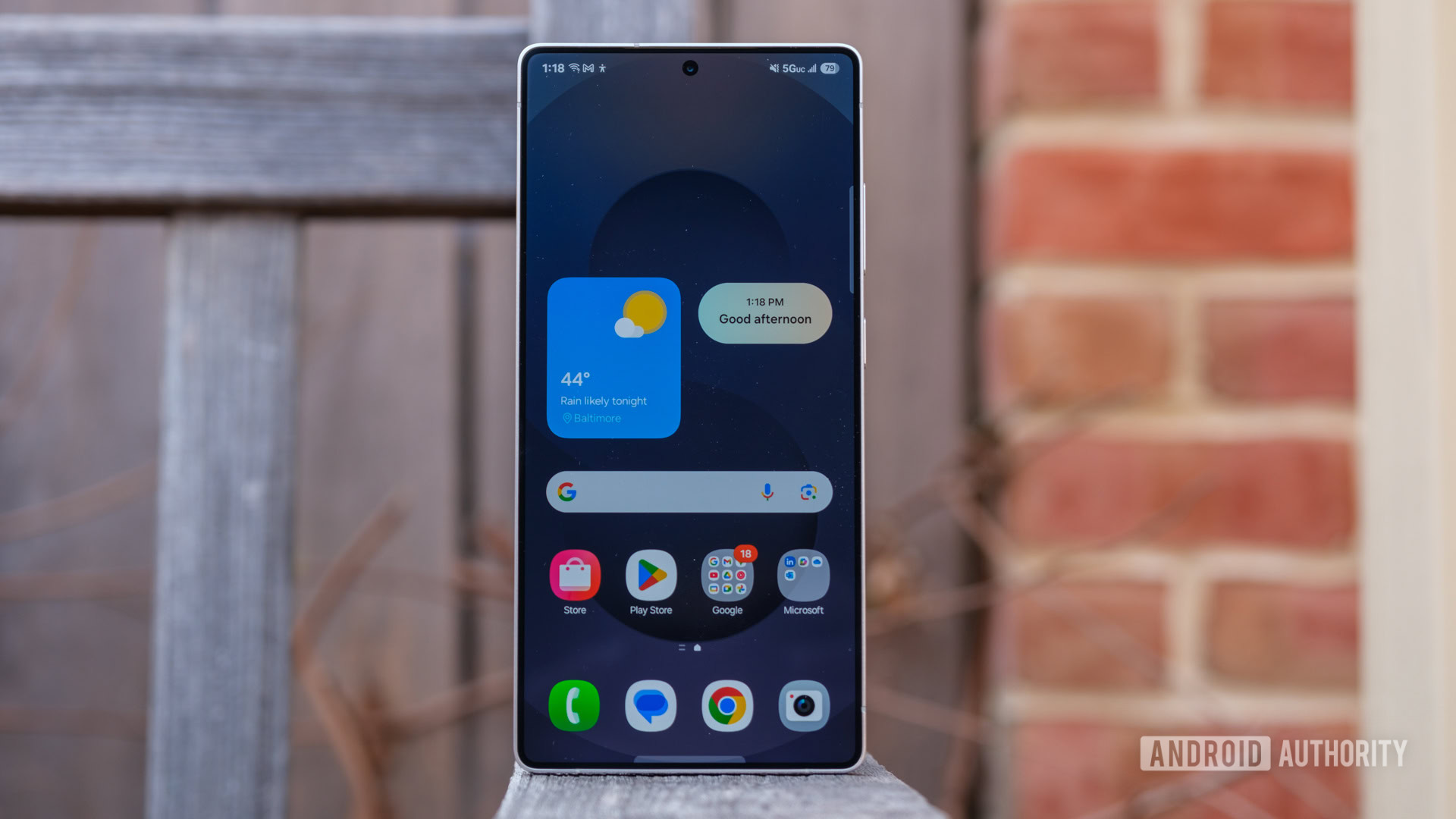"How to Create Synthetic Assets on a Budget (Or for Free)
Synthetic assets are one of the most exciting innovations in decentralized finance (DeFi). They allow you to create tokens that track the price of real-world assets—stocks, commodities, currencies—without actually owning them. Imagine launching a token that mirrors the price of Tesla stock, gold, or even real estate… without needing to own those things or set up complicated infrastructure. The best part? You can start building synthetic assets without spending money, using free open-source tools, testnets, and clever design. This article walks you through the zero-cost path to building your own synthetic tokens. What Is a Synthetic Asset? A synthetic asset is a crypto token that represents the value of another asset. It’s a derivative that mimics the price movement of something else. Examples: A token that tracks Tesla stock (sTSLA) A token that follows the price of gold (sGOLD) A token that represents the USD/EUR exchange rate Synthetic assets rely on: Oracles to track real-world prices Collateral to back their value Smart contracts to mint, redeem, and manage supply Step 1: Understand the Model (Synthetix as a Case Study) The most famous platform for synthetics is Synthetix, which allows users to mint synthetic assets by staking SNX as collateral. The model works like this: You lock collateral (e.g., ETH or SNX). You mint a synthetic token (e.g., sUSD). The system keeps track of your debt position and price feed. You can burn tokens to reclaim your collateral. You can copy this model on testnets without real money. Step 2: Use OpenZeppelin and Chainlink To create synthetic tokens, you need: ERC-20 token contract (use OpenZeppelin) Price feeds from a decentralized oracle (use Chainlink) Example (pseudo code): import "@openzeppelin/contracts/token/ERC20/ERC20.sol"; import "@chainlink/contracts/src/v0.8/interfaces/AggregatorV3Interface.sol"; contract SyntheticUSD is ERC20 { AggregatorV3Interface internal priceFeed; constructor() ERC20("Synthetic USD", "sUSD") { priceFeed = AggregatorV3Interface(0x...); // Link to ETH/USD price feed on testnet _mint(msg.sender, 1000 * 10 ** decimals()); // Simulated minting for test } function getLatestPrice() public view returns (int) { (, int price,,,) = priceFeed.latestRoundData(); return price; } } ✅ Free to build using Remix and testnet ETH ✅ Chainlink provides free testnet price feeds ✅ OpenZeppelin is open-source and audited Step 3: Simulate Collateral & Minting Logic You can write a contract where users deposit testnet ETH (fake money) to mint synthetic assets. For real use cases, you'd want: Over-collateralization (e.g., 150%) Oracle-based price checks Burn-to-redeem flow Keep it simple at first: Deposit 1 ETH Mint 1500 sUSD based on current price Store debt position Burn sUSD to unlock ETH Step 4: Deploy and Test for Free Use these tools to deploy: Remix IDE for Solidity coding MetaMask for wallet integration Sepolia or Goerli testnets for zero-cost deployment Chainlink testnet feeds for price oracles Mint some fake ETH from a faucet and start building! You can also simulate front-ends using: Scaffold-ETH Hardhat with local test networks Fleek or GitHub Pages for free hosting Step 5: Add Governance or DAO Controls Once your synthetic asset works, you might want to add: Governance token (ERC-20) Treasury controls Minting limits or voting systems Tools like OpenZeppelin Governor and Snapshot can turn your synthetic system into a community-owned protocol—also for free. Limitations to Consider Creating synthetics for free is excellent for prototyping, but mainnet launches require: Audits (costly) Liquidity (DEX listings, pools) Price slippage protection Regulatory awareness (some synthetics may be considered securities) Start on testnets. If your system works and people like it, you can raise funds, apply for grants, or migrate to a low-cost chain like Polygon. Bonus: Use UMA or Mirror Protocol If you don’t want to write everything from scratch: UMA offers a framework for custom synthetic assets with Oracle-free dispute resolution. Mirror (Terra ecosystem) enables tokenized stocks and assets. These platforms offer docs, SDKs, and communities to help you get started—even on zero budget. Want the Full Guide? Building synthetic assets is just one piece of the puzzle. If you want a full breakdown of how to launch your own token, fork a blockchain, write smart contracts, and even control mining—all using just a laptop—check out my in-depth, beginner-friendly guide.

Synthetic assets are one of the most exciting innovations in decentralized finance (DeFi). They allow you to create tokens that track the price of real-world assets—stocks, commodities, currencies—without actually owning them.
Imagine launching a token that mirrors the price of Tesla stock, gold, or even real estate… without needing to own those things or set up complicated infrastructure.
The best part? You can start building synthetic assets without spending money, using free open-source tools, testnets, and clever design.
This article walks you through the zero-cost path to building your own synthetic tokens.
What Is a Synthetic Asset?
A synthetic asset is a crypto token that represents the value of another asset. It’s a derivative that mimics the price movement of something else.
Examples:
- A token that tracks Tesla stock (sTSLA)
- A token that follows the price of gold (sGOLD)
- A token that represents the USD/EUR exchange rate
Synthetic assets rely on:
- Oracles to track real-world prices
- Collateral to back their value
- Smart contracts to mint, redeem, and manage supply
Step 1: Understand the Model (Synthetix as a Case Study)
The most famous platform for synthetics is Synthetix, which allows users to mint synthetic assets by staking SNX as collateral.
The model works like this:
- You lock collateral (e.g., ETH or SNX).
- You mint a synthetic token (e.g., sUSD).
- The system keeps track of your debt position and price feed.
- You can burn tokens to reclaim your collateral.
You can copy this model on testnets without real money.
Step 2: Use OpenZeppelin and Chainlink
To create synthetic tokens, you need:
- ERC-20 token contract (use OpenZeppelin)
- Price feeds from a decentralized oracle (use Chainlink)
Example (pseudo code):
import "@openzeppelin/contracts/token/ERC20/ERC20.sol";
import "@chainlink/contracts/src/v0.8/interfaces/AggregatorV3Interface.sol";
contract SyntheticUSD is ERC20 {
AggregatorV3Interface internal priceFeed;
constructor() ERC20("Synthetic USD", "sUSD") {
priceFeed = AggregatorV3Interface(0x...); // Link to ETH/USD price feed on testnet
_mint(msg.sender, 1000 * 10 ** decimals()); // Simulated minting for test
}
function getLatestPrice() public view returns (int) {
(, int price,,,) = priceFeed.latestRoundData();
return price;
}
}
✅ Free to build using Remix and testnet ETH
✅ Chainlink provides free testnet price feeds
✅ OpenZeppelin is open-source and audited
Step 3: Simulate Collateral & Minting Logic
You can write a contract where users deposit testnet ETH (fake money) to mint synthetic assets. For real use cases, you'd want:
- Over-collateralization (e.g., 150%)
- Oracle-based price checks
- Burn-to-redeem flow
Keep it simple at first:
- Deposit 1 ETH
- Mint 1500 sUSD based on current price
- Store debt position
- Burn sUSD to unlock ETH
Step 4: Deploy and Test for Free
Use these tools to deploy:
- Remix IDE for Solidity coding
- MetaMask for wallet integration
- Sepolia or Goerli testnets for zero-cost deployment
- Chainlink testnet feeds for price oracles
Mint some fake ETH from a faucet and start building!
You can also simulate front-ends using:
- Scaffold-ETH
- Hardhat with local test networks
- Fleek or GitHub Pages for free hosting
Step 5: Add Governance or DAO Controls
Once your synthetic asset works, you might want to add:
- Governance token (ERC-20)
- Treasury controls
- Minting limits or voting systems
Tools like OpenZeppelin Governor and Snapshot can turn your synthetic system into a community-owned protocol—also for free.
Limitations to Consider
Creating synthetics for free is excellent for prototyping, but mainnet launches require:
- Audits (costly)
- Liquidity (DEX listings, pools)
- Price slippage protection
- Regulatory awareness (some synthetics may be considered securities)
Start on testnets. If your system works and people like it, you can raise funds, apply for grants, or migrate to a low-cost chain like Polygon.
Bonus: Use UMA or Mirror Protocol
If you don’t want to write everything from scratch:
- UMA offers a framework for custom synthetic assets with Oracle-free dispute resolution.
- Mirror (Terra ecosystem) enables tokenized stocks and assets.
These platforms offer docs, SDKs, and communities to help you get started—even on zero budget.
Want the Full Guide?
Building synthetic assets is just one piece of the puzzle. If you want a full breakdown of how to launch your own token, fork a blockchain, write smart contracts, and even control mining—all using just a laptop—check out my in-depth, beginner-friendly guide.






































































































































































![[The AI Show Episode 145]: OpenAI Releases o3 and o4-mini, AI Is Causing “Quiet Layoffs,” Executive Order on Youth AI Education & GPT-4o’s Controversial Update](https://www.marketingaiinstitute.com/hubfs/ep%20145%20cover.png)





























































































































![[FREE EBOOKS] Learn Computer Forensics — 2nd edition, AI and Business Rule Engines for Excel Power Users & Four More Best Selling Titles](https://www.javacodegeeks.com/wp-content/uploads/2012/12/jcg-logo.jpg)





![From Art School Drop-out to Microsoft Engineer with Shashi Lo [Podcast #170]](https://cdn.hashnode.com/res/hashnode/image/upload/v1746203291209/439bf16b-c820-4fe8-b69e-94d80533b2df.png?#)






































































































(1).jpg?#)
































_Inge_Johnsson-Alamy.jpg?width=1280&auto=webp&quality=80&disable=upscale#)













































































































![Apple Developing AI 'Vibe-Coding' Assistant for Xcode With Anthropic [Report]](https://www.iclarified.com/images/news/97200/97200/97200-640.jpg)
![Apple's New Ads Spotlight Apple Watch for Kids [Video]](https://www.iclarified.com/images/news/97197/97197/97197-640.jpg)



































































































